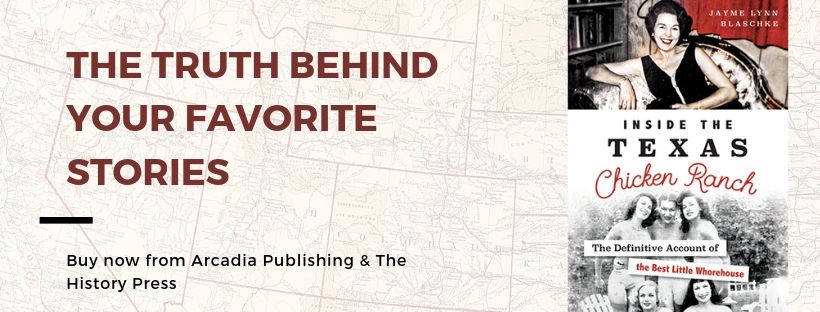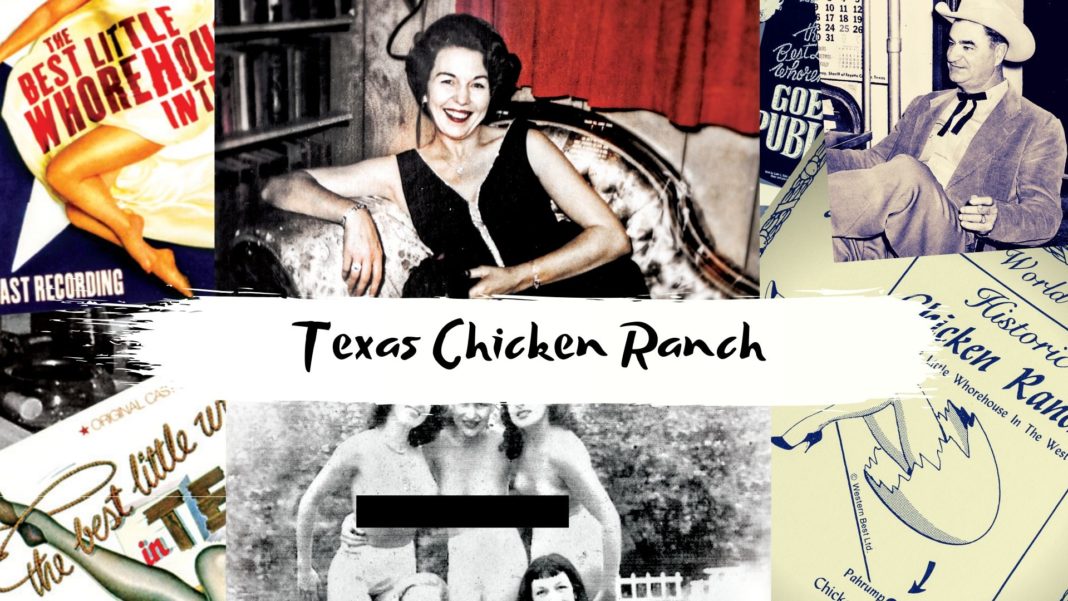
While certainly not the first whorehouse in Central Texas, the so-called Chicken Ranch was, for decades, the worst kept secret around. Just outside the city limits of La Grange, along a gravel road, was an unassuming 9-room boarding house where women would sell sex, while remaining out of public view. La Grange, along the highway from Houston to Austin, had the benefit of being near Texas’ other giant college town College Station. Generations of students from University of Texas and Texas A&M helped spread the word about the whorehouse, perhaps too much. Businessmen, farmers, and politicians spent their money at the Chicken Ranch.
La Grange’s famed bordello succeeded where other town’s did not. Galveston, the island city on the Texas Gulf Coast, also know as the “Playground of the Southwest,” could not manage its mix of gangsters, politicians, bootleggers, madams, and prostitutes who ran Galveston’s vice. La Grange kept itself well-managed and well-hidden, until 1973, when it was closed for good.
How did the obviously illegal act of prostitution remain under the noses of the law enforcement community for nearly 130 years? It was three sly Texas legends who sustained the Chicken Ranch, and one tenacious Houston TV personality who burned it down.
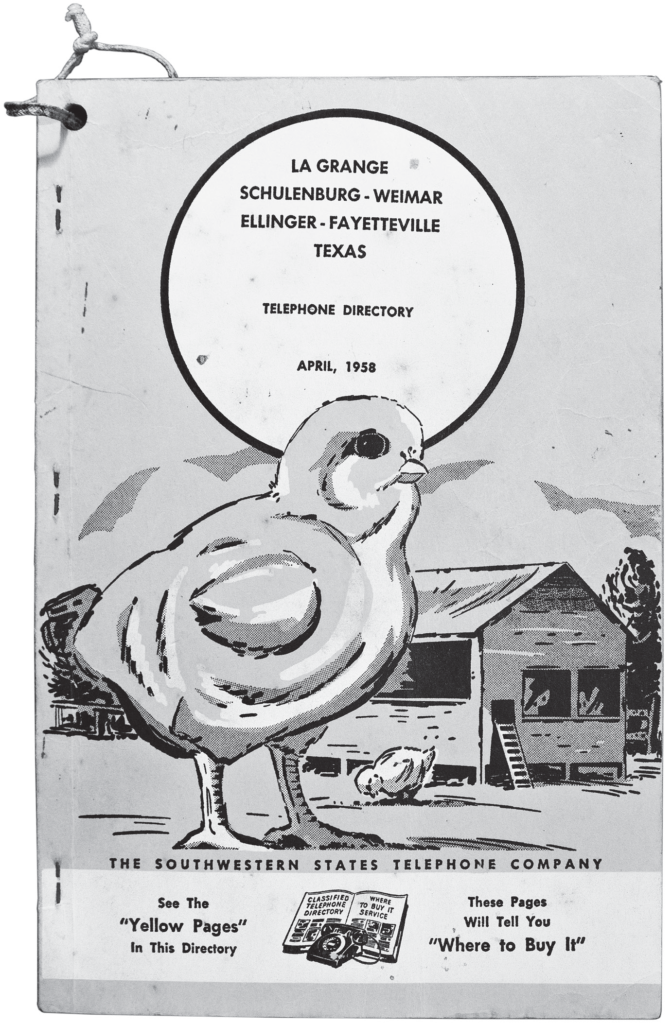
Aunt Jessie
In 1913, Fay Stewart left Austin and its vice-busters, and moved to nearby La Grange. Renaming herself Aunt Jessie, she relocated the town’s whorehouse outside of the city limits, where it became the county’s problem. “Out-of-sight, out-of-mind” was enough to allow brothels to remain open, especially around small towns. The social purity movement of the era worked to embarrass the sheriff through righteous indignation, but Aunt Jessie convinced the county’s top cop that the prohibition approach didn’t work, prostitution was a necessary evil, and inevitable. Meanwhile, it didn’t hurt that she was caring madam who was also a generous philanthropist. Finally, the masterful madam gets the credit for “camouflaging” the compound with free-roaming chickens, hence the name “Chicken Ranch.”
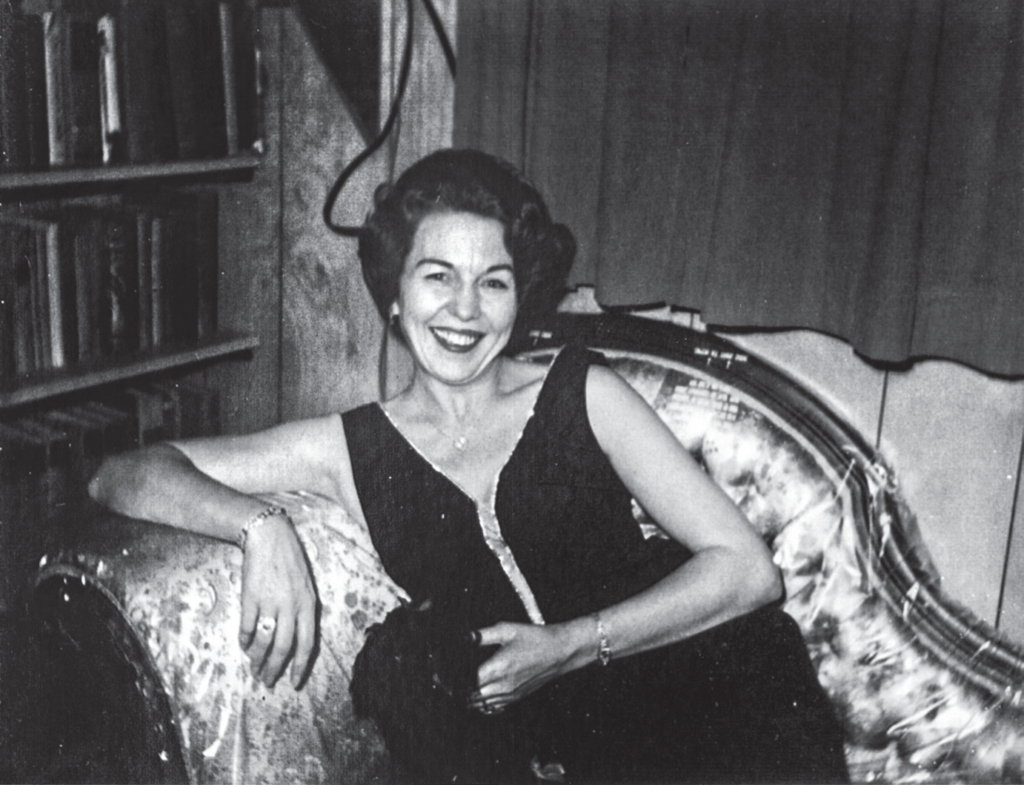
Milton Chadwell via Inside the Texas Chicken Ranch.
Miss Edna
When Aunt Jessy’s health declined, Edna Milton, a former prostitute herself, bought the business outright. Miss Edna, as she had always been known, insisted on high standards, and even wrote a lengthy rulebook for her “boarders.” Actually, her ladies paid a boarding fee and a percentage of their earnings. Weekly medical check-ups and informal “examination” of clients for infections slowed the spread for venereal disease. She forbade pimps and gangsters from setting up shop, which allowed it to remain a local law enforcement matter.
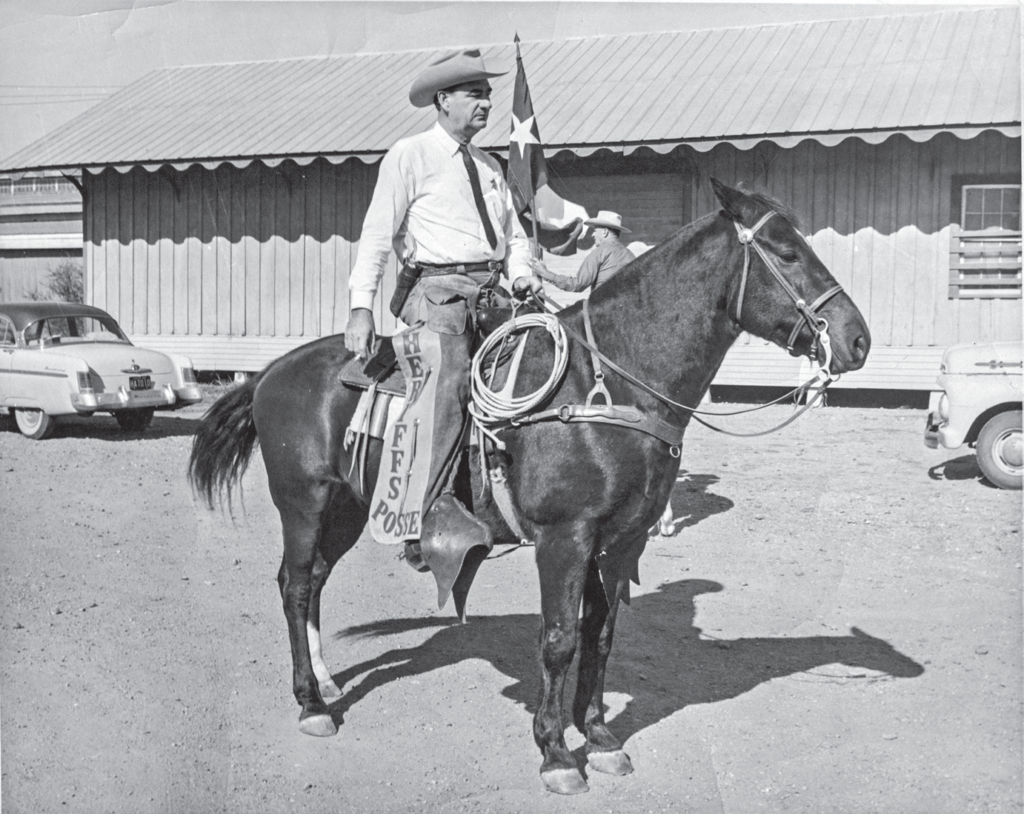
Sheriff T.J. Flournoy
Miss Edna’s colorful co-conspirator was the the county’s sheriff, Big Jim Flournoy. At six feet four inches, Big Jim was everyone’s image of a Texas sheriff — think John Wayne. He was such a respected lawman that he was recruited to join the venerable Texas Rangers. He moved back to La Grange and worked with respected madams Aunt Jessy and Miss Edna to ensure the Chicken Ranch conducted its business within the mutually-agreed boundaries. There was no organized crime. No one complained, so the illegal brothel stayed open.
Marvin Zindler
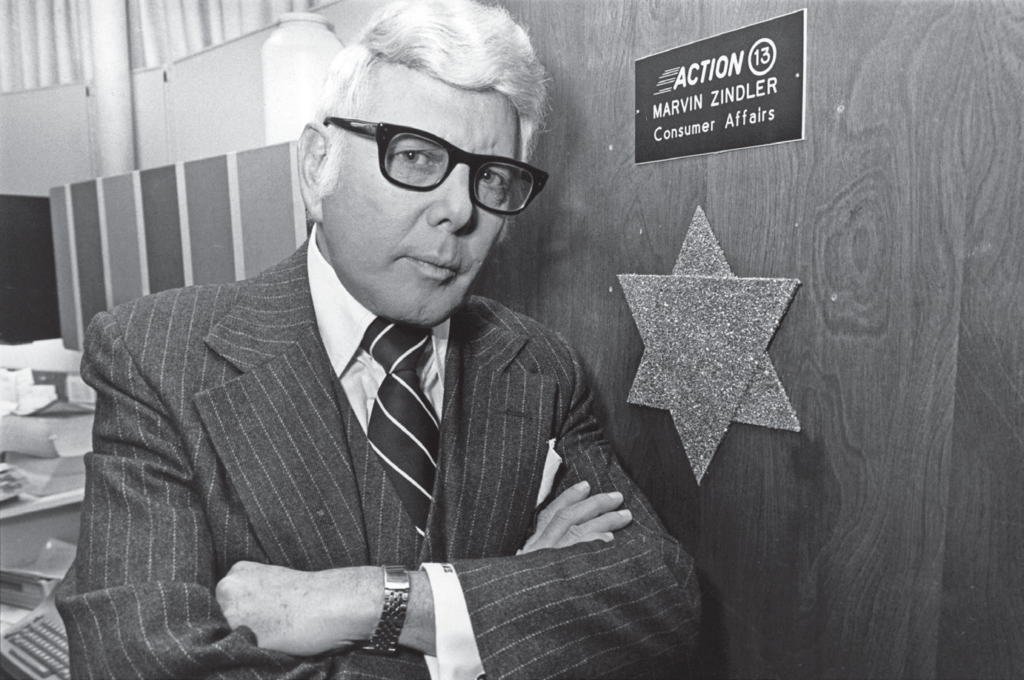
Self-made television personality Marvin Zindler saw the news story of a lifetime in La Grange’s “hidden” whorehouse. Zindler had spent years on the edge of Houston’s law enforcement community, sometimes as a deputy sheriff, but mostly as their spokesperson. With support from the Texas Attorney General, Texas Rangers found a way to “reveal” the whorehouse to the public. Frustrated but persistent, Texas Department of Public Safety officers, with support from the new Attorney General, leaked case folders that allowed the crusading TV showboater Zindler to bust the Chicken Ranch with undercover video broadcast onto Houston televisions in the summer of 1973. The final blow came when Marvin Zindler ambushed the governor with his “findings.” Political will to conceal and protect the Chicken Ranch evaporated overnight. But a star was born. Zindler remained a local TV star until his death in 2007.
